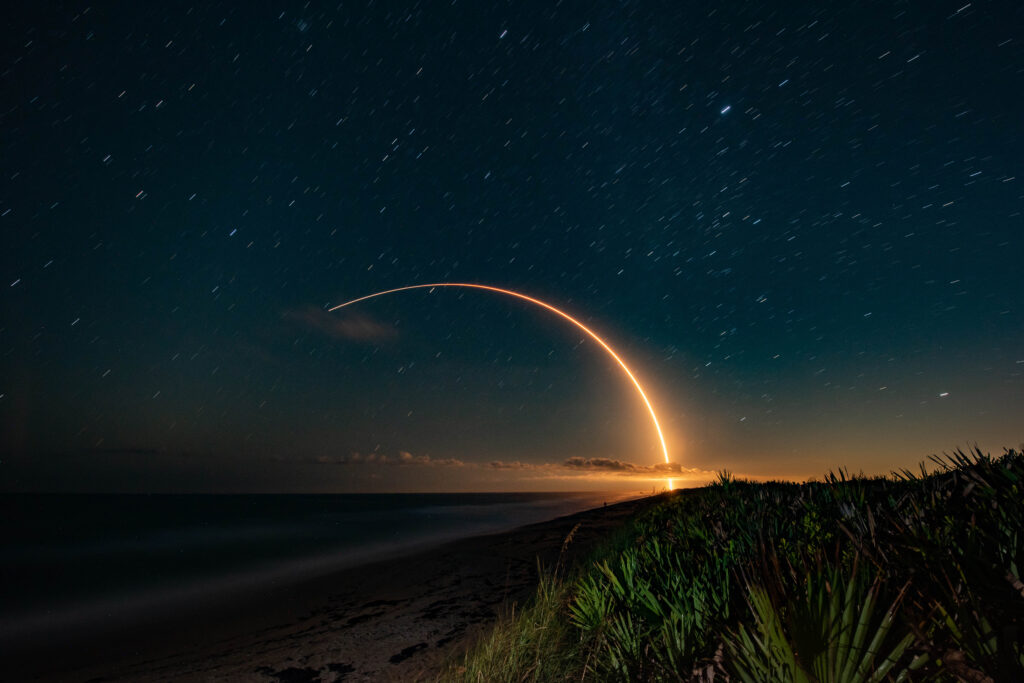Thank you! I had not seen that.
We have the NASA live stream running.
It's really cloudy here inland. I'm not optimisitic on a great shot. Forecast is clouds overnight.
The posted trajectory out over the Atlantic is pretty normal for anything big (and untested!)
For better or worse, I'm going to go with the 20mm f/4.0. Guess is that we'll have an orange sky if these clouds persist. With the K1 - II file size, if I'm lucky enough to get a trail there will be plenty of room to edit. If it ends up being wide angle orange then so be it.
Bringing a small shovel to set the tripod into the sand. Just to try to minimize chance of sway.
Shooting both jpeg and raw.
If I get anything I'll just post the jpeg out of the camera in the morning.
BTW...much excitement here in our little neighborhood as we have several rocket designers who are on pins and needles as much as this photographer.
Live from Orlando



 Similar Threads
Similar Threads 













 Post #6 by DeadJohn
Post #6 by DeadJohn








